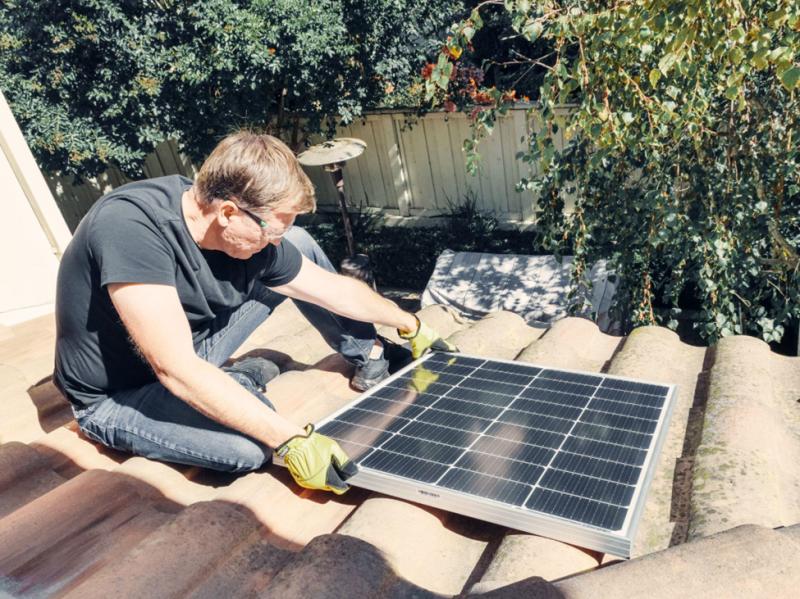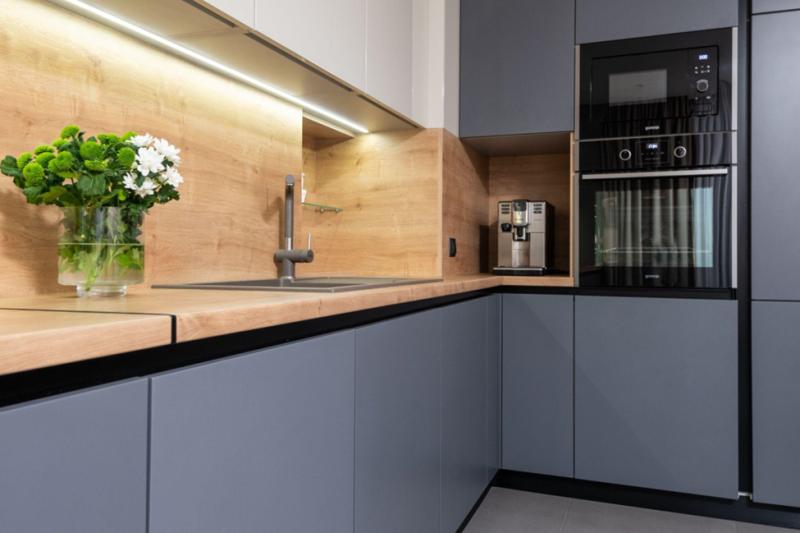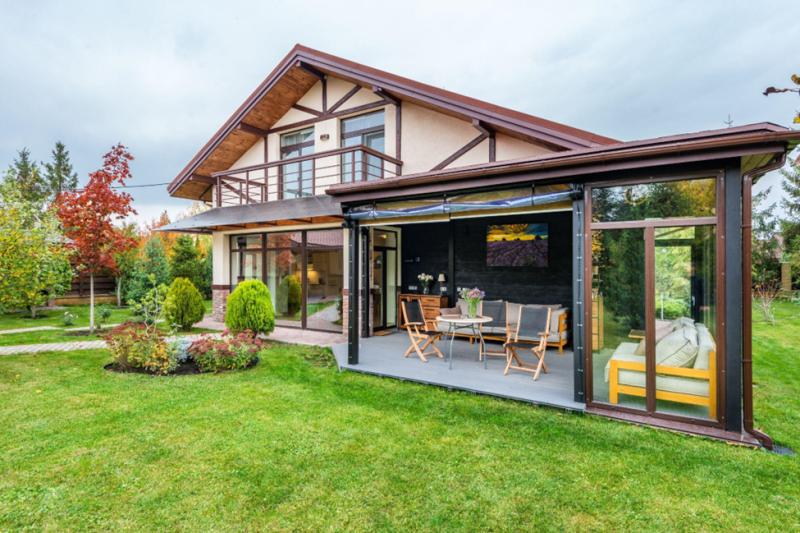Designing a Sustainable Home: The Main Steps For An Eco-Friendly Renovation Project

As more and more people become concerned with the impact their choices have on the environment, it's no surprise that sustainable home renovations are on the rise. But what does it actually mean to design a sustainable home, and how can you incorporate eco-friendly elements into your renovation project? In this article, we'll delve into some of the top ideas for creating a more sustainable home, from energy-efficient appliances and lighting to recycled building materials and solar panels. Whether you're looking to reduce your carbon footprint, save money on energy bills, or simply live a more environmentally conscious lifestyle, these renovation ideas can help you achieve your goals.
Step One: Work With A Construction Company Offers A Wide Range Of Services
When it comes to designing a sustainable home, it's important to find a construction company that is willing and able to accommodate your specific requests. This might include using recycled materials to create bespoke furniture, installing energy-efficient appliances and lighting, or incorporating renewable energy sources such as solar panels into your home. You’ll notice something about these areas - in that they are all completely different, due to which you’ll need a company that is a bit of a “jack of all trades”.
A good example of this might be houseUP who are a construction company based in London that works on both commercial and residential properties. A quick Google search in your area is one thing, but we’d encourage you to ask around, as well as reading testimonies and reviews. You’ll find that there are directories and databases if you’re really stuck for where to find them, but nothing beats positive word of mouth from someone you actually know.
Look out for companies that specialise in sustainable building practices, and don't be afraid to ask about their experience with eco-friendly renovations. You can also check out online reviews and ask for references from previous clients to get a sense of the company's track record.
Another factor to consider is the company's strong points. From small repairs to full-scale renovations, you’ll find that most construction businesses have one or two types of projects that they excel at and become more specialised in. By choosing a company with a diverse set of capabilities, you'll be able to take advantage of their expertise and experience to ensure that your sustainable home renovation goes smoothly.
At the end of the day, the key here really is to just find a construction company that shares your commitment to sustainability and is willing to work with you to achieve your vision for an eco-friendly home. With the right company by your side, you'll be able to create a beautiful, functional, and sustainable home that meets your needs.

Step Two: Work Out Where Your Materials Will Be Sourced From
A very (maybe the most!) important aspect of designing a sustainable home is choosing materials that are environmentally friendly and checking that they are sustainably sourced. This includes everything from flooring and countertops to insulation and roofing materials.
More often than not, the construction company that you partner with will have a network of material sources and suppliers - and if they are working toward a more sustainable future themselves as a business, chances are they’ll be able to make some pretty good suggestions in terms of where to get your materials.
Just for example, a popular material that can be overlooked is responsibly sourced timber. When trees are harvested from well-managed forests, they can be replanted, helping to preserve natural habitats and reduce the impact on the environment. Look for timber that is certified by organisations - this is pretty much the guaranteed way to ensure that the wood has been sustainably sourced.
One other area that can be overlooked, purely due to the amount of material needed - Insulation. Traditional insulation materials such as fibreglass or foam can have a negative impact on the environment, as they are often made from non-renewable resources and can release harmful chemicals into the air. Instead, look for sustainable insulation options such as recycled denim, wool, or plant-based materials. These options not only help to reduce your carbon footprint, but they can also improve the air quality in your home. Just be mindful that some of these alternative materials can have shorter life spans, and will need replacing a little more often.
By choosing sustainable materials for your home renovation, you can help to reduce your impact on the environment and create a more eco-friendly home. Be sure to ask your construction company about their sourcing practices and look for materials that are sustainably produced and have a low environmental impact.
Step Three: Applying The Sustainable Motivation To Other Areas of Your Home
Designing a sustainable home isn't just about the materials you use and the construction company you choose. It's also about making conscious decisions about energy consumption and usage in your daily life.
If you're looking to install new flooring, choose sustainable options such as bamboo, cork, or linoleum, which are all made from renewable resources and have a low environmental impact. If you prefer carpet, look for carpet made from recycled materials or natural fibres such as wool.
Another way to do this is by filling your home with sustainable goods, by choosing energy-efficient appliances and white goods for your home you can reduce your carbon footprint a great deal. Renovating is the perfect time to reconsider this and plan ahead. Look for appliances that have good energy use ratings. Energy-efficient appliances will also save you money on your energy bills.
In addition to choosing energy-efficient appliances, there are also simple steps you can take to reduce your energy consumption in your home. For example, switch to low-energy light bulbs and wash your clothes in lower temperature settings. These small changes can add up to significant energy savings over time.
Finally, don't forget about your garden! Planting fruit and vegetables and using a compost bin to dispose of food waste can help reduce your environmental impact and create a more sustainable home. By taking a holistic approach to sustainability, you can create a home that is not only environmentally friendly, but also comfortable and livable.
We’d strongly recommend letting your construction company know about your plans for the garden, even if it’s not strictly part of the design - it’s likely that they’ll have heaps of left over materials and off cuts which can make for great garden planter boxes, containers or even an entire shed - depending what materials are available!

Conclusion
Renovating your home with sustainability as the primary reason can have numerous benefits for both the environment and your wallet. From choosing a construction company that specialises in sustainable building practices to selecting eco-friendly materials and making conscious decisions about energy usage, there are plenty of ways to create a more sustainable home.
By taking the time to research and plan, you can create a beautiful, functional, and environmentally responsible home that meets your needs and values. So whether you're planning a major renovation or just making a few small changes, consider incorporating sustainable practices into your home design to create a more sustainable and livable space.
More to Read:
Previous Posts:




